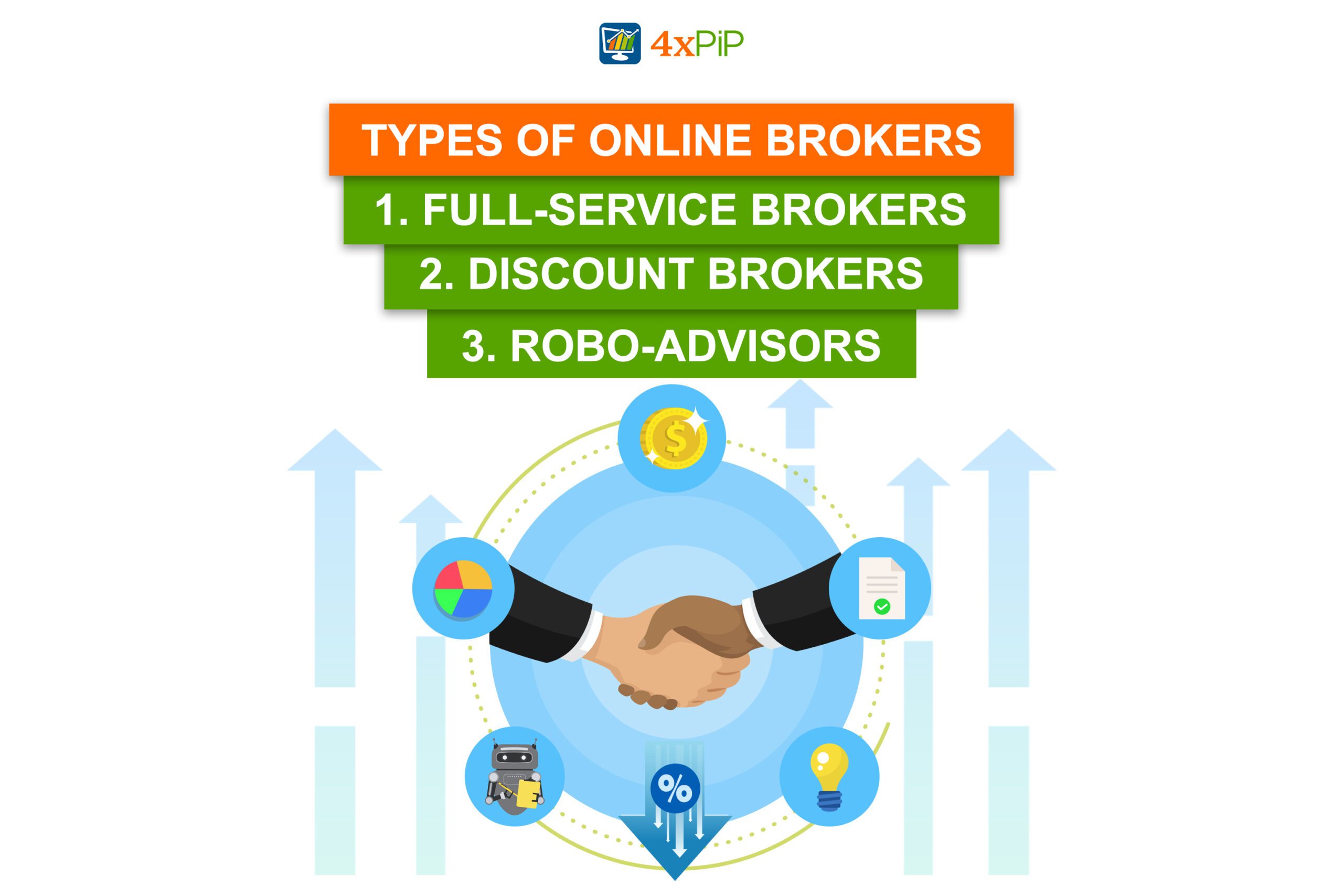How To Invest In Stock Market for Beginners: Stock Trading
Investing is a good way to grow your money over time. It is important to start investing as early as possible and invest regularly. The stock market is a good place to start investing, even if you only have a small amount of money to invest.
In this article, 4xPip has provided in-depth knowledge for beginners who are eager to start trading. Don’t miss out the information and do take advice from 4xPip’s experts. You can also check their products and robots for auto trading. 4xPip is one of the best websites to provide trading tools and robots.
Here are some steps to get started with investing in stocks:
- Set aside some money to invest. Even if you can only invest $25 a week, that is a good start.
- Learn about investing in stocks. There are many resources available to help you learn about stocks and how to invest in them.
- Choose a brokerage account. A brokerage account is where you will buy and sell stocks.
- Choose the stocks you want to invest in. There are many different stocks to choose from, so it is important to do your research and choose stocks that you believe in.
- Invest regularly. The best way to grow your money is to invest regularly.
Remember, investing is a long-term game. Don’t expect to get rich quickly.
Investing is putting money into something with the hope of making more money in the future. It comes with risk, but the stock market has trended upward over the long term.
Step-by-step Guidance:

- Tolerance & Risk
How much risk are you willing to take when investing? Stocks are categorized by risk, so choose stocks that match your tolerance.
- Set Investment Goals
Determine your investment goals, such as growing your wealth, generating income, or saving for a specific purchase. Review your goals periodically to make sure you are still on track.
- Establish an Investing Style
Some investors like to manage their investments themselves, while others prefer to let a professional do it for them. There are three main ways to invest:
- DIY investing: If you’re confident in your investing knowledge, you can manage your own portfolio using a traditional online broker.
- Working with a broker or financial advisor: A broker or financial advisor can help you make investment decisions, monitor your portfolio, and make changes as needed. This is a good option for beginners or investors who want professional guidance.
- Using a robo-advisor: A robo-advisor is an automated investment platform that creates and manages a portfolio for you based on your investment goals and risk tolerance. This is a hands-off approach that typically costs less than working with a broker or financial advisor.
- Choose Your Investment Account
To invest in stocks, you can:
- Participate in your employer’s retirement plan, such as a 401(k). This is a great way to save for retirement and take advantage of tax benefits.
- Open an IRA or taxable brokerage account. This gives you more flexibility in how you invest, but you’ll be responsible for paying taxes on any investment gains.
- Use a robo-advisor. This is a hands-off approach that can be a good option for beginners or investors who don’t want to actively manage their own portfolios.
- Risk reduction through diversification of investments:
Diversification is investing in a variety of assets to reduce risk. It can be difficult to diversify with a limited budget, but mutual funds and ETFs can help.
Initial investment amount:
Many financial institutions have deposit requirements, which means you must deposit a certain amount of money to open an account.
It’s worth comparing different institutions to find the best minimum deposit, fees, and other benefits. Some firms don’t require minimum deposits, while others may reduce fees if you have a certain balance or offer a certain number of commission-free trades for opening an account.
Cost Required to Invest in Stocks:
Commissions and Fees:
All brokers make money from their customers in some way. Most brokers charge a commission fee for each stock trade. These fees can add up, especially if you trade frequently. For example, if you trade $1,000 worth of stocks and your broker charges a $10 commission fee, you will pay $50 in fees. If you buy and sell the same stocks, you will pay a total of $100 in fees, or 10% of your initial investment. These fees can eat into your profits before your investments have a chance to grow.
Mutual Fund Loads:
Mutual funds are professionally managed baskets of stocks and other investments. They have different fees, such as the management expense ratio (MER), which is a percentage of the fund’s assets that pays for the fund’s operating expenses. Mutual funds may also have sales charges, called loads, which can be charged when you buy or sell the fund. Mutual fund fees can be lower than the commissions charged for buying and selling individual stocks, and you can invest less money to get started with a mutual fund. Investing small amounts of money consistently over time in a mutual fund can help you reduce the impact of volatility through dollar cost averaging.
Types of Online Brokers:

1. Full-Service Brokers
Full-service brokers offer a wide range of investment services, including financial advice on college planning, retirement planning, estate planning, and other life events. They typically charge higher fees than other brokers, such as a percentage of transactions, assets under management, or a yearly membership fee. Minimum account sizes can start at $25,000.
2. Discount Brokers
Discount brokers are now the norm, offering investors tools to select their investments and place orders. Some also offer robo-advisory services and educational materials. Many have no (or very low) minimum deposit restrictions, but be sure to check on requirements and fees before opening an account.
3. Robo-Advisors
Robo-advisors are a new type of investment advisor that uses technology to lower costs and streamline investment advice. They were born after the 2008 financial crisis, and their popularity has grown in recent years. Robo-advisors may be a good option for investors who want an algorithm to make investment decisions for them, including tax-loss harvesting and rebalancing.
What are Simulators?
Stock market simulators are a valuable tool for beginners to learn about investing without risking their money. These simulators provide users with virtual money to invest in a portfolio of stocks, options, ETFs, or other securities. Investors make virtual trades as if they were investing with real money, and the simulators track price movements and other factors such as trading fees and dividend payouts. Simulators allow users to experience the consequences of their investment decisions without putting their own money on the line. Some simulators even allow users to compete against other participants, providing an additional incentive to invest thoughtfully.
Working of Commissions and Fees:
Most brokers charge a fee for each trade, which can be up to $10. To avoid spending too much on fees, investors should limit the number of trades they make. Some investments, such as exchange-traded funds (ETFs), also have fees to cover the costs of management.
Trading Risks:
Investing is putting money away now to reach a financial goal in the future. Some investments are riskier than others, but all investing carries some risk. There is always a chance that your investment will not increase in value over time. That’s why it’s important for investors to manage their risk in order to achieve their financial goals, whether they are short-term or long-term.
You can contact 4xPip’s customer support at [email protected] for more information and guidance.
Conclusion:
Even if you’re a beginner, you can invest in stocks with a relatively small amount of money. Before investing, research your investment goals, risk tolerance, and the costs associated with stocks and mutual funds. Then, compare different brokers to find one that meets your needs.
Once you’re ready, you can start investing in stocks and take advantage of their potential to reward you financially over time.





